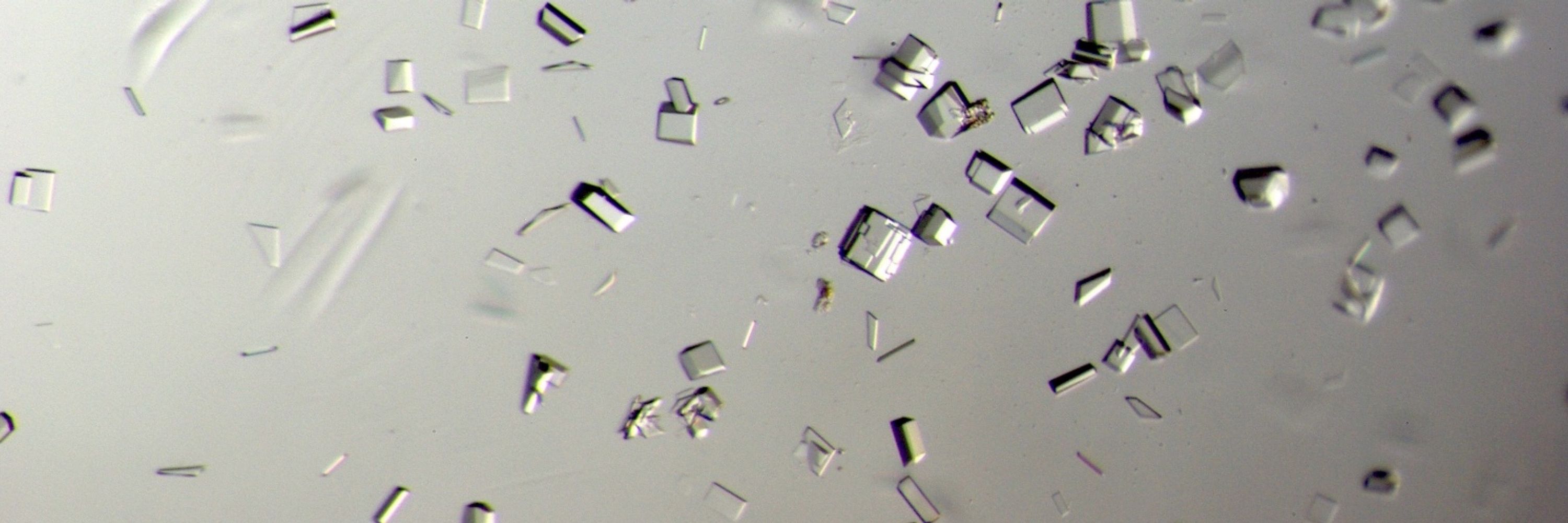
Harry M. Williams
@harrywilliams.bsky.social
Structural biologist currently working on microsecond time-resolved cryo-EM | Currently based in Lausanne at EPFL 🇨🇭
Hopefully leading to one or two new microscopes in Utrecht?
November 3, 2025 at 5:01 PM
Hopefully leading to one or two new microscopes in Utrecht?
There's a lot more cool stuff in this paper so naturally I encourage you to have a look! Thanks of course go to the entire team at EPFL, including the wonderful people at the DCI-Lausanne imaging centre who helped us collect something like 2-3 weeks worth of data on a Krios.
September 18, 2025 at 8:04 AM
There's a lot more cool stuff in this paper so naturally I encourage you to have a look! Thanks of course go to the entire team at EPFL, including the wonderful people at the DCI-Lausanne imaging centre who helped us collect something like 2-3 weeks worth of data on a Krios.
For each protein we have not included any detergents or additives, modified the grids themselves (i.e. by producing affinity grids). The samples are in essence native. Thus, the use of ultrasonic excitation here allows us to obtain nice 3D volumes without any chemical modification to the protein.
September 18, 2025 at 8:04 AM
For each protein we have not included any detergents or additives, modified the grids themselves (i.e. by producing affinity grids). The samples are in essence native. Thus, the use of ultrasonic excitation here allows us to obtain nice 3D volumes without any chemical modification to the protein.
The conventional sample remains dominated by top/bottom views. The corresponding angular distribution from the ultrasonically excited sample features three additional, symmetry equivalent maxima, revealing that ultrasonic excitation populates side views practically absent in the conventional sample.
September 18, 2025 at 8:04 AM
The conventional sample remains dominated by top/bottom views. The corresponding angular distribution from the ultrasonically excited sample features three additional, symmetry equivalent maxima, revealing that ultrasonic excitation populates side views practically absent in the conventional sample.
Finally, we looked at perhaps the most notorious sample known for preferred orientation: viral hemagglutinin. Even here, we demonstrate that ultrasonic excitation can be used to obtain a high-resolution isotropic 3D reconstruction. Comparing the orientation plots here reveals the key difference...

September 18, 2025 at 8:04 AM
Finally, we looked at perhaps the most notorious sample known for preferred orientation: viral hemagglutinin. Even here, we demonstrate that ultrasonic excitation can be used to obtain a high-resolution isotropic 3D reconstruction. Comparing the orientation plots here reveals the key difference...
We also looked at human CRP and similar to the 50S ribosomal subunit, with ultrasonic excitation we observe a broadening of the angular distribution and an improved 3D reconstruction. In this case, the 3D reconstruction derived from our ultrasonically excited sample pushes beyond 4 Å.

September 18, 2025 at 8:04 AM
We also looked at human CRP and similar to the 50S ribosomal subunit, with ultrasonic excitation we observe a broadening of the angular distribution and an improved 3D reconstruction. In this case, the 3D reconstruction derived from our ultrasonically excited sample pushes beyond 4 Å.
For the 50S ribosomal subunit, the use of ultrasonic excitation led to a broadening of the angular distribution (with new maxima appearing) and, ultimately, an improved 3D reconstruction with fewer of the streaky artefacts typically associated with directional anisotropy were reduced.

September 18, 2025 at 8:04 AM
For the 50S ribosomal subunit, the use of ultrasonic excitation led to a broadening of the angular distribution (with new maxima appearing) and, ultimately, an improved 3D reconstruction with fewer of the streaky artefacts typically associated with directional anisotropy were reduced.
We tested this approach on several different proteins and protein-complexes including the 50S ribosomal subunit, human C-reactive protein, and viral hemagglutinin. Thus, we looked at proteins of varying sizes (kDa to MDa) and with different symmetries (C1, C3, and C5).
September 18, 2025 at 8:04 AM
We tested this approach on several different proteins and protein-complexes including the 50S ribosomal subunit, human C-reactive protein, and viral hemagglutinin. Thus, we looked at proteins of varying sizes (kDa to MDa) and with different symmetries (C1, C3, and C5).
Concept: we prepare samples by jetting while continuously exciting mechanical oscillations of the specimen support with an ultrasonic transducer. The motions induced in the thin liquid film continuously detach particles from the AWI, reshuffling their orientations improving the angular distribution.

September 18, 2025 at 8:04 AM
Concept: we prepare samples by jetting while continuously exciting mechanical oscillations of the specimen support with an ultrasonic transducer. The motions induced in the thin liquid film continuously detach particles from the AWI, reshuffling their orientations improving the angular distribution.

